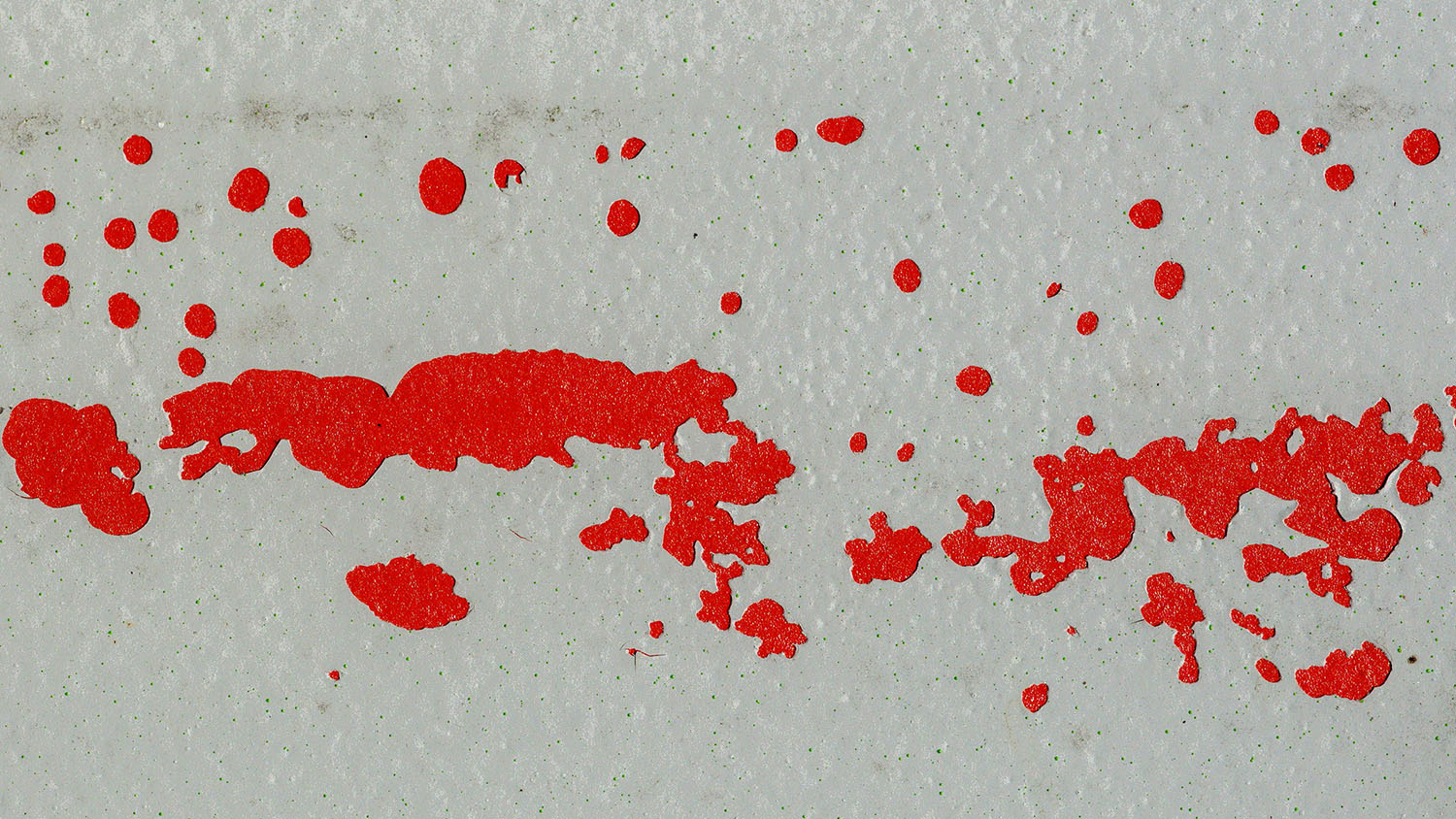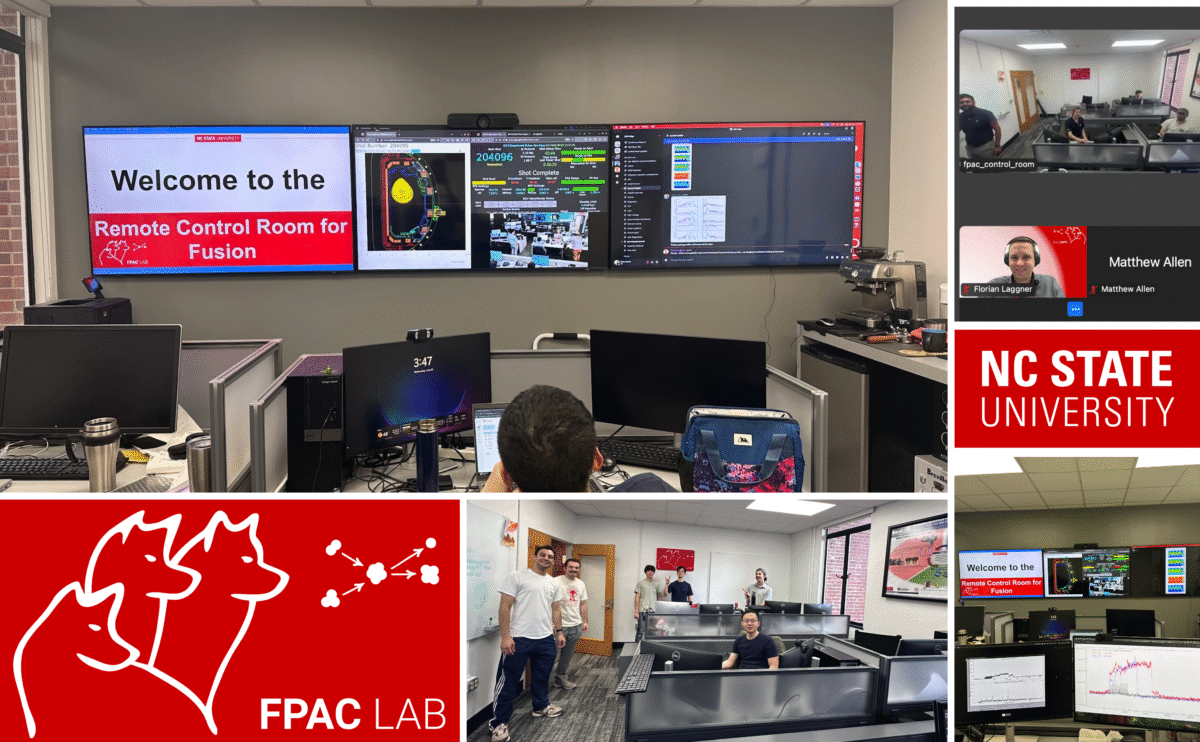NSF Engineering Research Centers: ASSIST and FREEDM
Put to the test
ASSIST technologies are ready for clinical trials
[retina_image id=’12420′ align=’left’ caption=’false’]
In its first five years, the Nanosystems Engineering Research Center for Advanced Self-Powered Systems of Integrated Sensors and Technologies (ASSIST) focused on building the platforms for wearable health monitoring systems and the sensors that would drive them.
As those platforms have matured and the center moves into its sixth year of National Science Foundation (NSF) funding, ASSIST’s focus is transitioning to placing its technologies into clinical trials.
“At the end of the day we want medical relevance and validation of our sensors,” said Dr. Veena Misra, ASSIST director and Distinguished Professor of Electrical and Computer Engineering.
Established by NSF in 2012 and led by NC State, ASSIST is part of a crowded field of research on wearable health monitoring devices that includes interest from many companies and academic institutions. The center’s niche is developing devices that require limited power and on harvesting the energy needed to drive them from the human body.
“We’re specifically not focused on hundreds of different kinds of sensors, we’re specifically not focused on different kinds of circuit designs,” Misra said. “We have picked our goal, which is ultra-low power, and in that space ASSIST stands out uniquely.”
In leading ASSIST and the Future Renewable Electric Energy Delivery and Management (FREEDM) Systems Center, NC State is one of only two schools currently leading two NSF engineering research centers and one of only two schools to ever be awarded the lead role in three.
ASSIST has developed three platforms, or testbeds. One monitors an asthmatic’s breathing and the quality of the air that surrounds her and another extracts sweat from the wearer’s body in a noninvasive way and uses it to test glucose levels. A third testbed provides readings of the cardiovascular system and is entirely powered by energy harvested from the human body.
The goal is to turn these testbeds into devices that combine comfort and long-term wearability to provide a vital new tool for chronic disease management. The data collected will benefit not only the individual patient working with a physician but, when combined with data from other wearers, other patients through broader insights into the treatment of diabetes, asthma and other ailments.
ASSIST has already placed its devices into clinical trials with center partners at UNC Hospitals and hopes to participate in future trials with the medical schools at the University of Virginia and Florida International University.
In the trials, readings from ASSIST devices will be compared to the current best standard for health monitoring of that particular patient, be it an electrocardiogram or a lung challenge test.
The center’s ultimate goal is to hand these testbeds off to a partner company that will perfect and manufacture these wearable devices. Along the way, the ASSIST technology that underpins the testbeds, from a recently developed flexible thermoelectric energy harvester to improvements in how a wearable device transmits data to a smart phone at low power, will have applications in wearables and other sectors. The center has produced 40 invention disclosures, with some patents and interest in licensing, and a new startup company called Viemetrics that is developing and prototyping biomedical devices.
“Center success comes from many different directions, not just the complete platforms but the individual technologies, the licenses that are coming out, the startup companies and implementation of clinical studies,” Misra said.
Leaving the lab
FREEDM works to demonstrate its technology
[retina_image id=’12419′ align=’left’ caption=’false’]
Call it the FREEDM House.
The Future Renewable Electric Energy Delivery and Management Systems Center, a National Science Foundation (NSF) Engineering Research Center led by NC State, is developing the technologies that will change how we use, produce and transmit electricity.
Now in its ninth year, FREEDM hopes to demonstrate both the system it has worked to create — an improved electric grid that can handle bidirectional energy flow and integrate larger percentages of renewable energy sources — and the pieces that make it work. That system will include houses outfitted with solar panels that can be not just consumers, but also producers, of electricity.
To that end, the center plans to purchase and install a small house near its headquarters on Centennial Campus. It will become both a demonstration model and a lab as FREEDM researchers continue to refine the components that will change both the grid and how we interact with it: a solid-state transformer that allows bi-directional flow and takes away the need to convert DC current to AC for home use, a more efficient fault-isolation device and the controllers and algorithms that allow them to work together.
Established by NSF in 2008 to set the groundwork for a better national electricity network, FREEDM hopes to demonstrate a working model of its system at the end of its 10-year NSF funding cycle. Along with the house, the center is in talks to set up a small version of a FREEDM concept demonstration at an outside facility with help from Duke Energy and the utility’s Center for Advanced Power Engineering Research.
“We want to get out of the lab and into a field demonstration,” said Dr. Iqbal Husain, FREEDM director and ABB Distinguished Professor in the Department of Electrical and Computer Engineering. “This year we focused on developing these things in the lab, and we want to take it one step further.”
FREEDM also plans to collaborate with Duke Energy and the Electric Power Research Institute (EPRI) on a project that would grow the electric vehicle charging infrastructure in the Raleigh metropolitan area. The 150 to 350 kilowatt charging stations being considered would be bi-directional and could supply DC current to electric vehicles and other distribution loads with connection to the medium-voltage grid.
“That’s essentially the FREEDM system concept,” Husain said.
As NSF funding winds down, FREEDM is transitioning to a future that will be funded by research grants, fees from industry members and an endowment started with a $1.5 million gift from Duke Energy.
The center also has close ties with PowerAmerica, a National Manufacturing Innovation Institute led by NC State that is furthering development and manufacturing of wide bandgap semiconductor-based power electronics. The two centers have already merged their education programs under the direction of FREEDM Education Director Dr. Pam Carpenter, and Husain says that collaborating will boost FREEDM’s research and deployment efforts.
In the meantime, FREEDM is working to complete the goal it started nearly a decade ago: to demonstrate a workable system that will one day be the model for a new and improved national power grid.
“What NSF expects to see is the FREEDM vision demonstrated in a mature testbed,” said Husain. “In year nine, we were dedicated to that goal. In year 10 we hope to complete it.”
Return to contents or download the Fall/Winter 2017 NC State Engineering magazine (PDF, 6.8MB).
- Categories:


